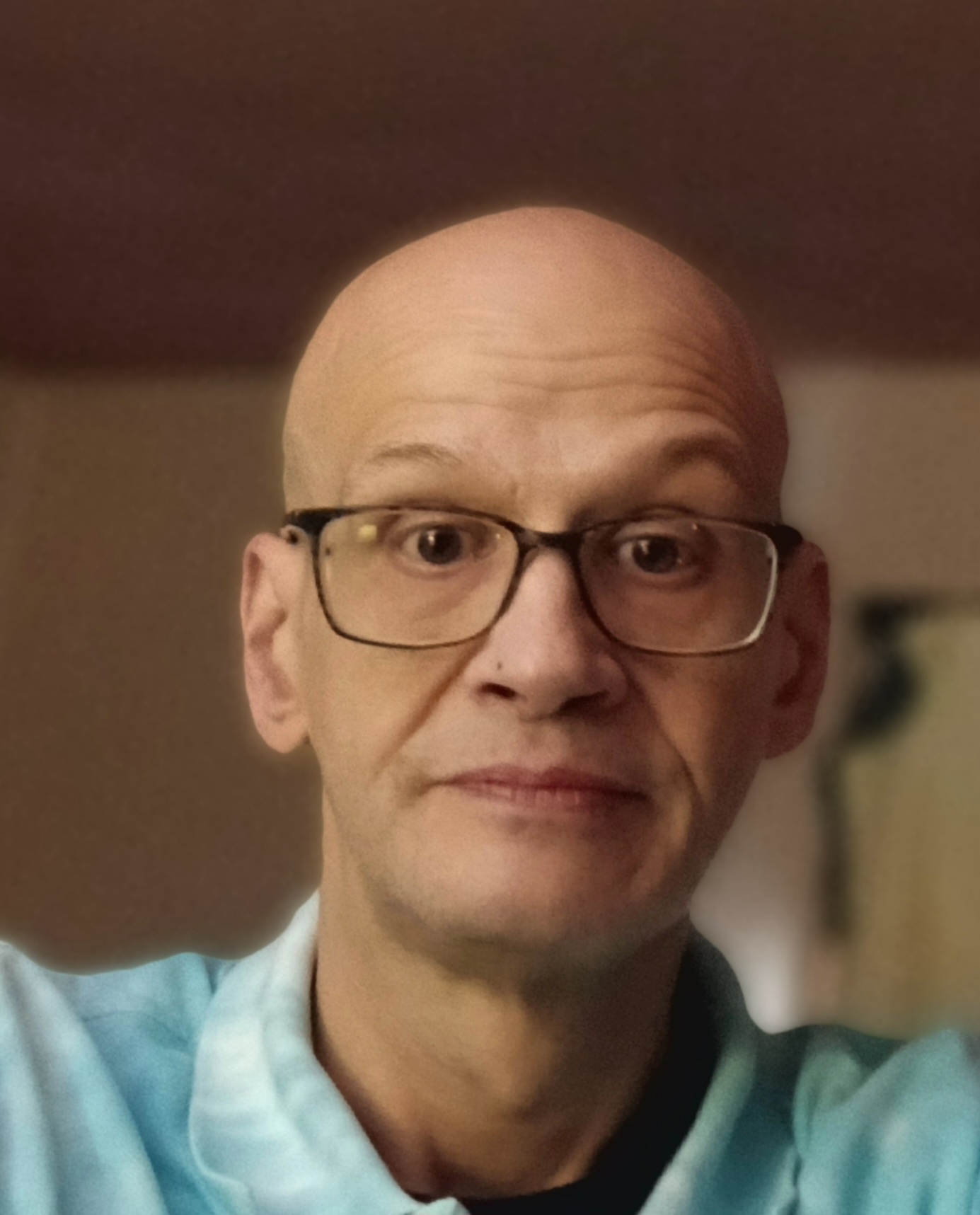All Human Anatomy and Physiology Resources
Example Questions
Example Question #25 : Identifying Muscles Of The Trunk, Core, And Head
Which of the following muscles does not contribute to movement of the eye?
Internal oblique
Lateral rectus
Superior oblique
Inferior oblique
Internal oblique
The superior oblique produces depression and intorsion of the eye. The inferior oblique produces elevation and extorsion of the eye. The lateral rectus produces abduction of the eye. The internal oblique is a trunk muscle that has no attachment to the eye, and produces (among other movements) trunk ipsilateral rotation.
Example Question #26 : Identifying Muscles Of The Trunk, Core, And Head
Which muscle contracts to depress and lower the thyroid cartilage?
Sternothyroid
Sternocleidomastoid
Omohyoid
Thyrohyoid
Sternothyroid
In order for a muscle to depress and lower the thyroid cartilage, it needs to originate below and insert either at or above the thyroid cartilage. The correct answer is the sternothyroid. This muscle originates at the sternum and inserts at the thyroid cartilage. When this muscle contracts, the action causes the thyroid/larynx to lower and depress.
Example Question #27 : Identifying Muscles Of The Trunk, Core, And Head
Which muscle surround the eye and causes the eyelid to squint and close?
Orbicularis oculi
Mentalis
Orbicularis oris
Procerus
Orbicularis oculi
For this question, we are looking for a muscle that is located around the eye and thus responsible for its movement. The correct answer is the orbicularis oculi which is the only muscle of the answer choices that fits. Although each of these muscles is located in the face, none of the other choices are around the eye.
Example Question #28 : Identifying Muscles Of The Trunk, Core, And Head
Which muscle elevates the ribs and aids in forced inspiration?
Trapezius
Subscapularis
Serratus posterior superior
Serratus posterior inferior
Serratus posterior superior
The muscles that help in forced breathing are located in the deep compartment of the back, leaving only the serratus posterior superior and inferior muscles. The serratus posterior superior originates from C7-T3 and inserts into the superior borders of ribs 2-5, meaning it elevates the ribs while breathing. For this reason, it is the correct answer.
Example Question #29 : Identifying Muscles Of The Trunk, Core, And Head
Which of the following eye muscles is not innervated by the oculomotor nerve?
Levator palpebrae superioris
Medial rectus
Superior rectus
Lateral rectus
Lateral rectus
The oculomotor nerve is one of the cranial nerves. It runs from the brain to the orbital socket of the eye. Only two muscles in the orbital socket are not innervated by the oculomotor nerve: the superior oblique and the lateral rectus muscles. The lateral rectus is innervated by the abducens nerve (cranial nerve XI), and the superior oblique is innervated by the trochlear nerve (cranial nerve IV).
Example Question #81 : Gross Anatomy
Which muscle retracts the angle of the mouth when you laugh?
Risorius
Procerus
Zygomaticus minor
Orbicularis oris
Risorius
We are looking for a muscle around the mouth, leaving us with the risorius, orbicularis oculi, and zygomaticus minor muscles. The orbicularis oculi protrudes the lips and the zygomaticus minor elevates the upper lip. This means that the correct answer is the risorius muscle.
Example Question #82 : Human Anatomy And Physiology
Which muscle draws the eyebrows down?
Masseter
Orbicularis oculi
Procerus
Risorius
Procerus
Of the answer choices, the risorius and master muscles control movements around the mouth and jaw. The orbicularis oculi is responsible for movement of the eyelid. This means that the correct answer is the procerus muscle.
Example Question #83 : Human Anatomy And Physiology
What does the temporalis do?
Closes the jaw
Raises the arm
Pulls the arm towards the body
Closes the eye
Closes the jaw
The temporalis muscle closes the jaw, the deltoid is responsible for raising the arm, the orbicularis oculi closes the eye, the pectoralis major pulls the arm towards the body.
Example Question #31 : Identifying Muscles Of The Trunk, Core, And Head
What is the innervation for the obliquus capitis inferior muscle?
Trigeminal nerve
Cranial nerve X
Suboccipital nerve
Cranial nerve V
Suboccipital nerve
The obliquus capitis inferior muscle is innervated by the suboccipital nerve. Cranial nerve X, is also known as the vagus nerve and innervates many other muscles, including the heart, but not the obliquus capitis inferior. The trigeminal nerve is also known as cranial nerve V, is responsible for the sensations in the face.
Example Question #32 : Identifying Muscles Of The Trunk, Core, And Head
What is the primary muscle of inspiration?
Diaphragm
Sternocleidomastoid
External and internal obliques and transverse abdominal muscles
Pectoralis major and minor
Scalenes
Diaphragm
The primary muscle of inspiration is the diaphragm. As the diaphragm contracts it flattens creating a negative pressure system that subsequently pulls air into the lungs from outside the body. The other muscles are involved during inspiration but it is only when the body is demanding more energy and thus requires these additional muscles to contract. The sternocleidomastoid, scalene, and pectoralis muscles help by pulling upwards on the chest wall, whereas the abdominal muscles pull down further increasing negative pressure.
Certified Tutor
All Human Anatomy and Physiology Resources




